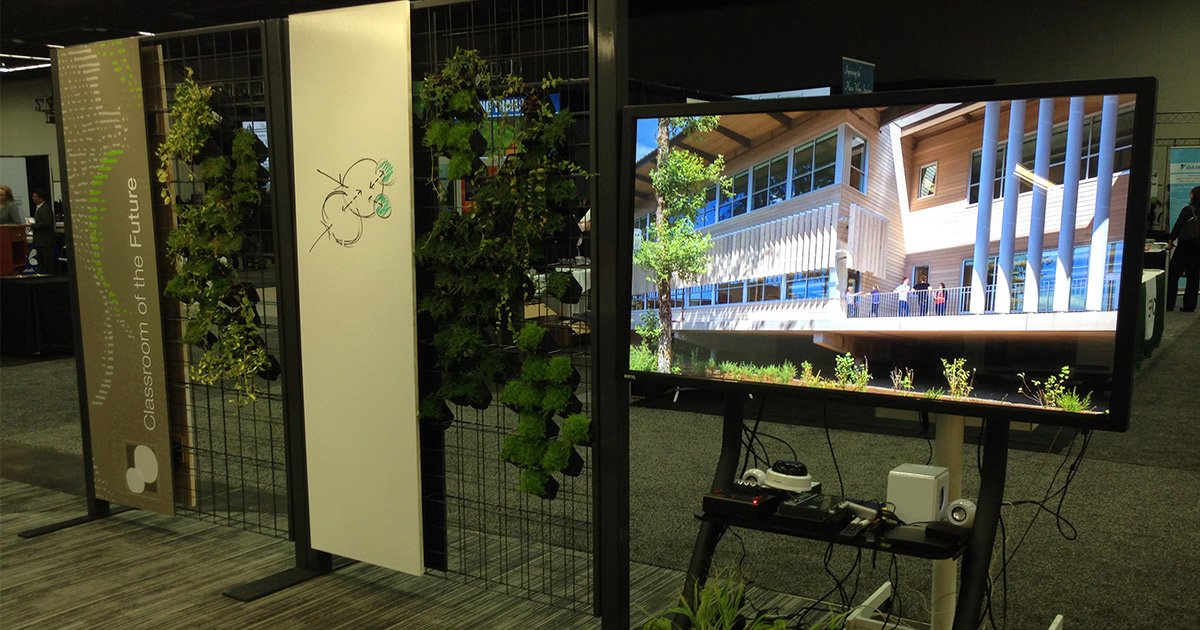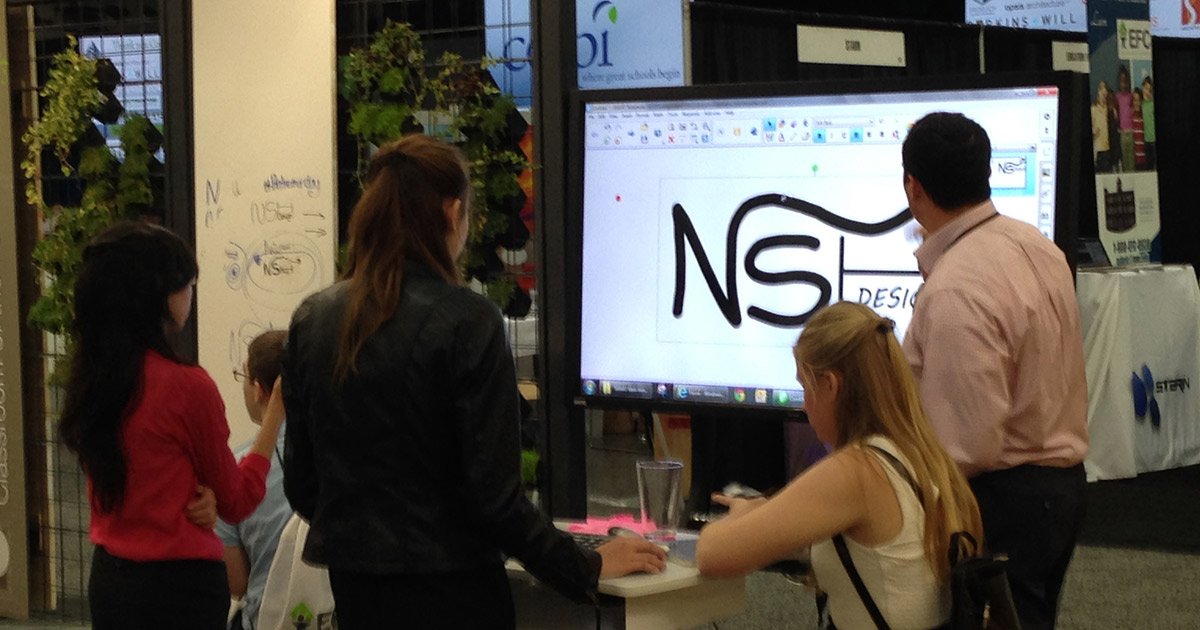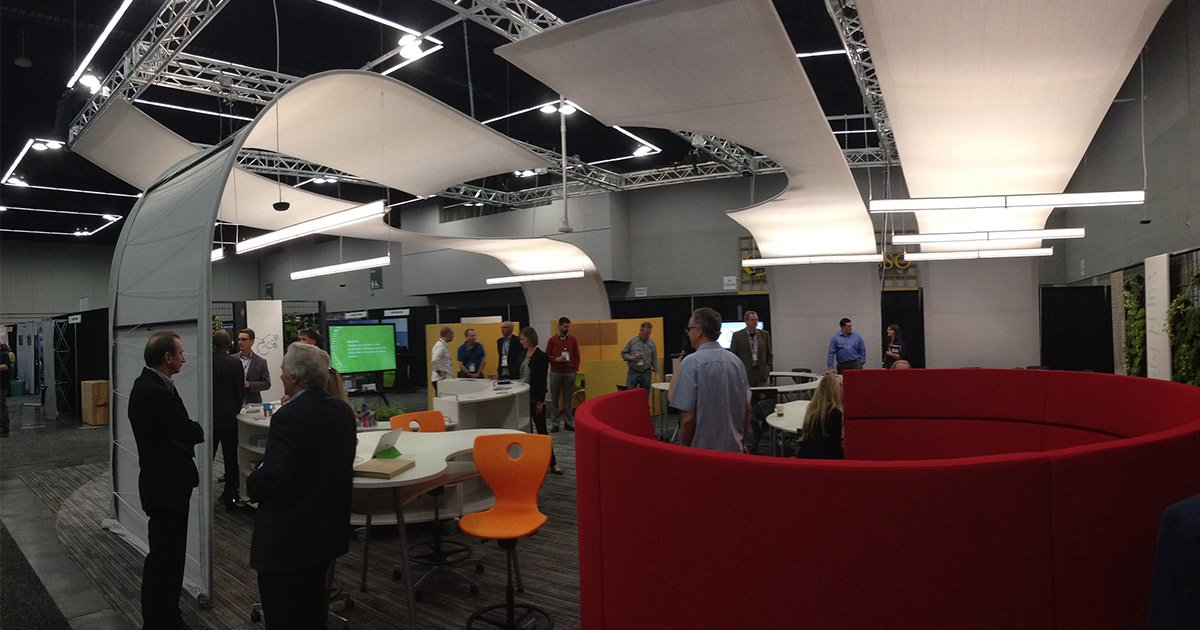Saxton Bradley Selects BenQ Interactive Display for Classroom of the Future Project
- BenQ
- 2016-11-09
“Tomorrow’s teaching spaces will provide learners with a highly interactive environment unlike anything that’s experienced today,” - Dennis Purcell

Technology is transforming the way students learn. When a group of collaborators including educational consultants at Saxton Bradley designed a revolutionary classroom for the 2014 CEFPI (Council of Educational Facility Planners International) Annual Conference in Portland, Oregon, project members turned to the market’s most innovative A/V components to create a space that reinvents the in-class experience.

Recipient of a CEFPI Classroom of the Future Award, the Classroom of the Future project uses technology, architecture, and design best practices to create a collaborative, easily-adaptable environment that accommodates the need for breakout groups, lecture room formats, or the deployment of individual learning stations.

Featuring BenQ’s interactive displays IL420 and IL650, the 40x40 foot space demonstrates that the classroom of tomorrow is available today — resulting in a more personalized learning process, the ability to adjust surroundings to different subject matters, and more participative lessons for students and teachers.
1. High contrast ratio
2. Native Full HD 1920x1080 resolution
3. 178° / 178° viewing angle
4. Multitouch capabilities
5. Ambient light sensors, which automatically adjust screen brightness according to environmental lighting condition
6. MDA enables powerful centralized monitoring, control and power scheduling from a single computer
7. Mobile stands that easily reposition the panels (optional)
“Tomorrow’s teaching spaces will provide learners with a highly interactive environment unlike anything that’s experienced today,” said Dennis Purcell, vice president of sales and training at Saxton Bradley Inc. “Inspired by the ability to engage directly with different forms of information, our group was seeking to create an educational experience that makes collaboration the primary enabler for learning.”